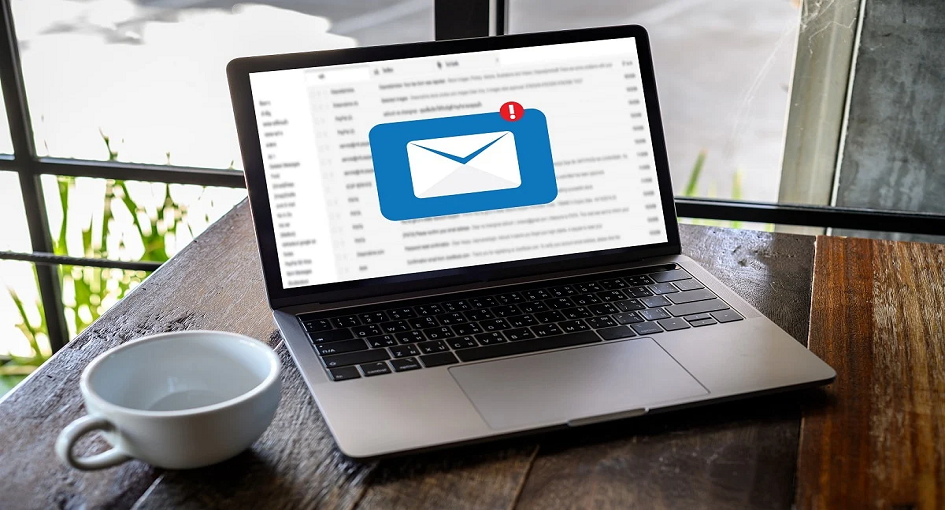
One of the most popular email applications is Microsoft Outlook, which has several features and functionalities to improve communication and efficiency. The outbox is one of its numerous capabilities, and it’s essential for handling outgoing emails.
For effective email management and communication, Microsoft Outlook’s outbox function is essential for both personal and commercial users, providing several advantages. By letting users see and amend messages before sending them, it helps personal users avoid mistakes. Additionally, it gives users time flexibility, enabling them to plan or postpone the delivery of messages.
This gives assurance and tranquility of mind as communications are transmitted in a professional and unsupervised manner. Users may draft, revise, and send emails whenever it’s convenient for them thanks to the outbox, which also facilitates flexible communication.
The outbox guarantees professionalism, prompt communication, regulatory compliance, and workflow optimization in the workplace. Before sending a message, users may check it for compliance, which guarantees clear and effective communication.
Users may also add personalization and customization to their outgoing emails using the outbox, which guarantees effective and transparent communication with stakeholders and clients. All things considered, the outbox is a useful tool for both personal and professional users.
This article explores the ins and outs of Microsoft Outlook’s outbox email capabilities, including its settings, functioning, and user advantages.
Before being forwarded to their recipients to answer what is outbox email in Microsoft Outlook, one should know that outgoing email messages in Microsoft Outlook are briefly held in a designated folder called the “outbox.” The email gets moved from the user’s inbox or drafts folder to the outbox after they finish writing it and click the “send” button.
Before messages are sent to the email server, they can be reviewed, edited, or deleted in the outbox, which acts as a staging area for outgoing messages. Users now have freedom and control over their outgoing email correspondence, thanks to this.
A message that has been transferred to the outbox stays in the delivery queue until the email client starts the sending procedure. To deliver the messages, Outlook tries to connect to the user’s email server and regularly scans the outbox for waiting messages.
In the outbox, users may keep an eye on the status of their outgoing messages, including whether they were sent successfully, are awaiting delivery, or have met a problem. This enables users to monitor the status of their emails and resolve any possible problems.
Here is the answer to what is outbox email in Microsoft Outlook and its prominent features:

Users of Microsoft Outlook may manage outgoing messages in the outbox using a variety of customization options. To fit their unique requirements and preferences, users can customize settings for automated reply choices, message formatting, and delivery preferences. This could be the simple answer to what is outbox email in Microsoft Outlook?
Furthermore, Outlook users may designate rules and filters for outgoing messages, allowing for automatic processes like message forwarding, classification, or flagging according to preset standards.
Here’s the answer to what is outbox email in Microsoft Outlook and its benefits:
Conclusion: When asked what is outbox email in Microsoft Outlook, one useful tool for efficiently and successfully handling outgoing email conversations is its capability. With its extensive features, adaptable preferences, and user-friendly features, Outlook’s outbox is essential to maintaining the precision, punctuality, and professionalism of email interaction. Users may improve their productivity and communication skills in Microsoft Outlook and streamline their email process by being aware of and taking advantage of the outbox’s features.